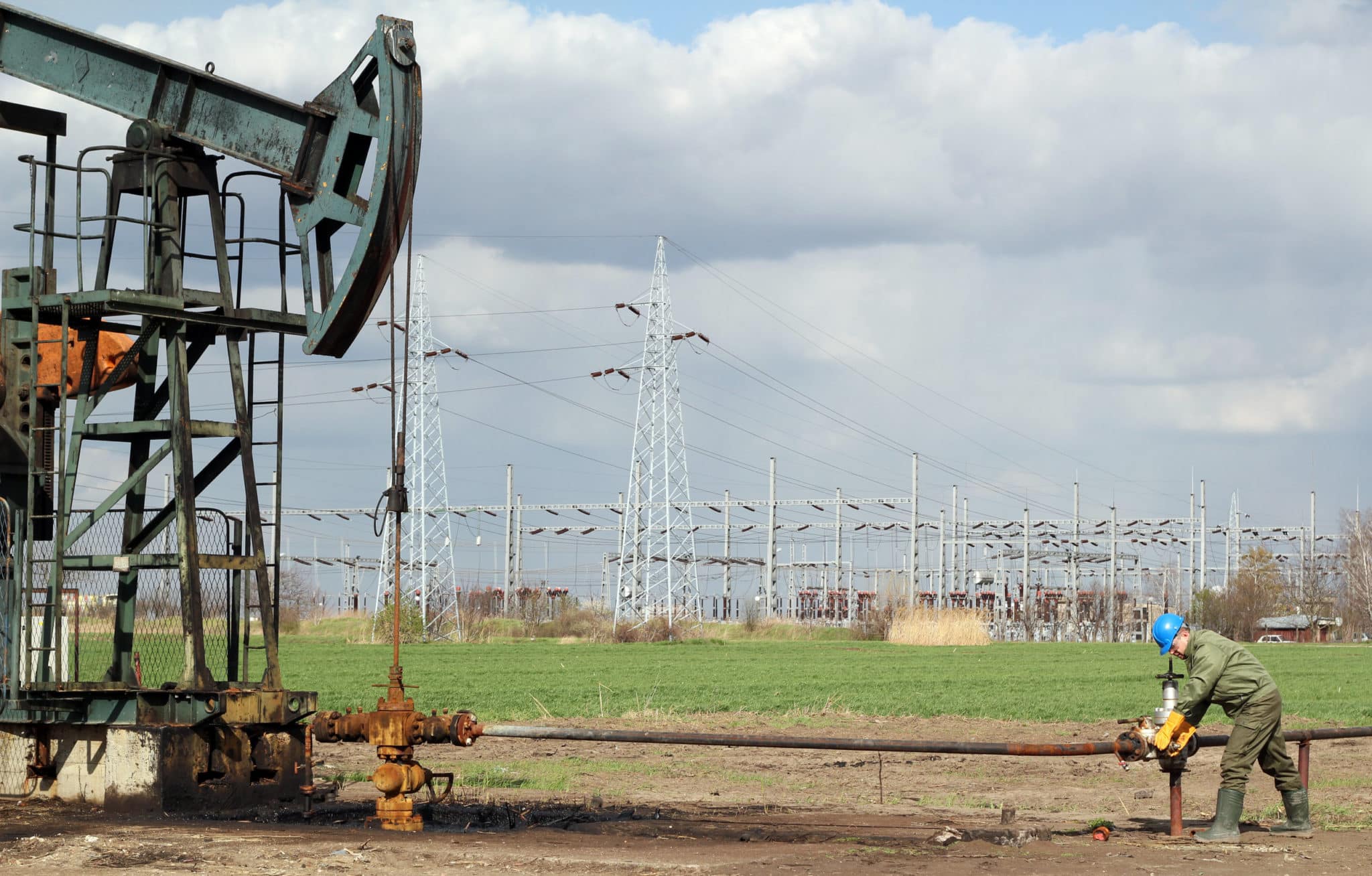
As gas prices have reached a national average of $3.42 per gallon, consumers debate whether the United States was ever energy independent. Former President Trump argued in early 2020 that America had finally attained the goal of energy independence, while pundits on the left argued that America has never met this criteria. So, were we ever truly energy dependent? If so, where did this independence go?
In order to determine our supposed energy independence, it’s important to understand the definition of the phrase. According to the Institute of Energy Research, the definition of energy independence is not so much that America did not import energy, but that America produced more energy than it used.
According to that standard, in 2019, United States energy production was higher than U.S. energy consumption for the first time in sixty-two years. Therefore, when using that measurement, President Trump was correct in asserting that America was energy independent.
In 2019, the oil and gas industry increased the hydraulic fracturing and horizontal drilling in order to obtain crude oil; this was an increase by eleven percent. In 2019, total energy produced increased by 5.7 percent while demand decreased by 0.9 percent.
Let’s compare that to 1957, the last year in which we met the standard of energy independence. In 1957, fossil fuels were both 93 percent of production and consumption. However, nuclear power began to be an option for energy in 1957; in addition, there was a push for subsidized renewable energy that same year.
It is important to point out that in 62 plus years, fossil fuels still provide the majority of energy production and consumption. Even though renewables is widely promoted, between 1957 and 2019, renewable energy’s share of the energy consumption market has only grown by four percentage points. This is astounding when one considers the billions of taxpayer dollars that have been used to subsidize renewables.
In 2019, the United States became a net exporter of energy. In fact, according to the Wall Street Journal, the U.S. was the third-largest energy exporter in the world. This drove down prices for oil, gas, and natural gas, plus created 10 million jobs in domestic energy.
The Wall Street Journal went on to discuss that technological innovation – a meeting of minds between the private sector, colleges, and the Energy Department’s national laboratories – made this energy exportation possible. Add to that that President Trump lifted decades-old bans on oil exportation, and energy independence was achieved.
So, how did we lose energy independence?
Soon after Biden took office, the Energy Information Agency reported that the United States would begin importing more oil than it would export for 2021 and 2022. On January 27 of this year, Biden drafted an executive order largely affected the oil and gas industry. The order included the following guidelines:
- Halted new oil and gas leases on federal onshore lands such as national parks and offshore waters (however, this did not affect tribal lands)
- Directed the Secretary of the Interior to consider adjusting coal, oil and gas royalties to “account for corresponding climate costs” (i.e., the industry expected increased royalties)
- Suspended new leases, contracts, or drilling permits for at least 60 days
- Withdrew the permit for the Keystone XL pipeline
While the existing leases for companies to explore and/or drill for oil are still in existence, no new leases or permits will be given. The effect of this measure means that there are limited effects on existing lands where exploration and drilling takes place. It is expected that Americans won’t see the effects of this part of the executive order for up to ten years.
Because Biden directed the Secretary of the Interior to provide a comprehensive review of the climate impact of future oil and gas activity on public lands, companies are expecting new regulations, which are often costly to companies.
Those in the oil and gas industry argue that the executive order will “deter investment, kill jobs, reduce state revenues, and shift oil and gas production to other countries.” Some states are already taking to the courts to challenge Biden’s order; however, as of this writing, there have been no significant rulings on the issue.
Biden and the Democrats declared war on American Energy Independence on day 1 – now gas prices are at a 7 year high.
— Donald Trump Jr. (@DonaldJTrumpJr) November 9, 2021
Demand Biden abandon EMPTY liberal polices and put American Energy FIRST here now!!! https://t.co/gHcoKmUewk pic.twitter.com/2geH930hdp
Biden rolled back President Trump’s easing of methane regulations, and he ended many tax subsidies for oil and gas companies.
So, how does this affect the United States’ energy independence? For starters, these policies have evoked deep production cuts for companies in the U.S. A AAA spokeswoman also related that Midwest gasoline stockpiles have “dropped to one of their lowest levels since November 2014.” By definition, we are no longer producing more energy than we consume, which is the chief reason we are no longer energy independent.
Factor in that last year OPEC has decreased production since the beginning of the pandemic and that OPEC has refused to open up more production even at President Biden’s request, and the price of oil continues to go up as well as demand (more people are going back to work or traveling, which increases demand).
Last week, 11 Democratic Senators drafted a letter to the president in which they asked him to procure oil and gas from our own strategic reserves. As of this writing, there has been no response from the Biden Administration on this matter.
Why are we no longer energy independent? We are no longer producing more energy than we are consuming. The current administration’s policies are a large factor in the current production of oil and gas, and Americans cannot simply forgo work commutes to decrease demand. Changes aren’t likely soon, leaving Americans to feel the burn of inflation interminably.





